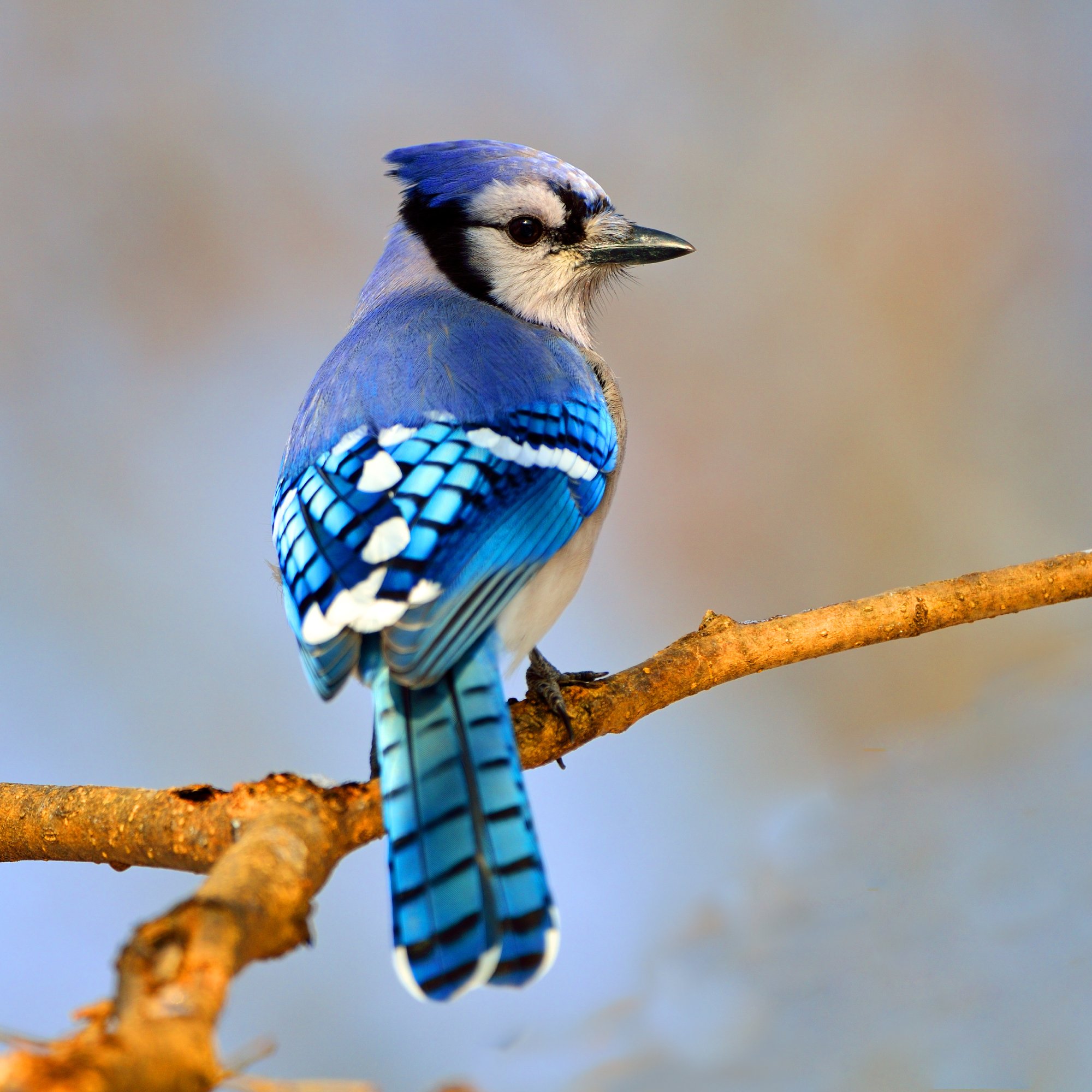How To Propagate Lilacs For More Of Your Favorite Fragrant Shrubs: Easiest & Most Effective Methods
Love lilacs and want to grow more in your garden? Learn how to propagate lilacs and fill your garden with these sweet-smelling spring beauties for free.


Lilacs rule the spring garden with beautiful blooms in all shades of purple—and that fragrance! It’s no wonder they’re such popular shrubs, though wondering how to propagate lilacs is an obvious topic on many gardeners’ minds.
So, how can you grow more of these stunning spring shrubs? Our garden experts dug into the best propagation methods and will walk you step-by-step through one of the easiest ways to grow lilacs from shrubs you already have in your garden.
Best Ways to Propagate Lilacs
There are several different methods of propagating lilacs. Some are more difficult, like trying to propagate lilacs by seed or grafting, but others are quicker and easier.
One of the easiest ways to propagate lilacs is via root suckers. Simply dig out a sucker that has sprouted off of the mother lilac root system and replant it elsewhere in your garden. Propagate lilac suckers in early spring before flowers open.
Another easy way to propagate lilacs is by layering. This method takes a bit longer, but it’s very simple. Choose a flexible branch and make a cut about one foot (30 cm) from the end of the branch.
Bend the branch so the cut touches the ground. Bury the cut under the soil and place a rock, wicket, or heavy object over the branch between the cut and the base of the plant to hold it in place.
Water and wait for roots to emerge. Once the layered branch has developed roots, cut it from the mother plant and transplant. Propagation by layering can take several months or up to a year.
Gardening tips, videos, info and more delivered right to your inbox!
Sign up for the Gardening Know How newsletter today and receive a free copy of our e-book "How to Grow Delicious Tomatoes".
The most popular way to propagate lilacs, however, is by rooting plant cuttings. This is a reliable way to produce more of the same plant you already have in your garden and it’s easy enough for anyone to try.

How to Propagate Lilacs From Cuttings
Learning how to propagate lilacs from cuttings can be a bit tricky at first, but if you follow a few basic guidelines it’s a fun project for even the most inexperienced gardener.
1. Take Lilac Cuttings
The first step to propagating lilacs via cuttings is taking the cuttings. Some plants propagate best from softwood cuttings taken from new growth. For others, hardwood cuttings work best and for some others, like willows, either type of cutting will root.
Lilacs grow best from softwood cuttings. For the highest likelihood of success, take tender softwood cuttings as mature growth is less likely to root. The best time for pruning lilacs for cuttings is just after new growth begins in spring.
Take several cuttings to increase your chances of success. Harvest cuttings in the morning when the weather is cool and the lilac bush is well-hydrated. Cut 4 to 6 inch lengths (10-15 cm) of tender, new growth from the tips of branches.

2. Prepare Lilac Cuttings
Next, strip the bottom leaves from the cuttings, leaving two or three leaves at the top. Then prepare pots with well-draining potting soil or a mixture of peat, vermiculite, and perlite where you will plant your cuttings.
Lightly moisten the mixture with water, then make holes in the potting soil with a pencil or a finger. You can dip the bottom of your cuttings in rooting hormone to help give new roots a boost, though this step is optional.
3. Plant Lilac Cuttings
Pat the potting mix lightly around the base of the cutting so it stands up straight. Roots emerge from the nodes, or the points where the leaves attach to the stem, so make sure to plant cuttings deep enough that at least a couple of nodes are covered.
You can plant several cuttings in the same pot, as long as their leaves aren't touching. You can also plant cuttings in individual cells in a nursery tray. The Jumbo Seedling Trays from Vego Garden are the perfect size for propagating lilac cuttings and the matching Seedling Tray Lids with Drip Irrigation keep cuttings moist to help them root faster. Both are available now in the Gardening Know How Shop.
Don’t try to propagate just one lilac cutting, since there is a good chance every cutting won’t succeed. Set up at least two cuttings for every new plant you want to grow.

4. Care for Lilac Cuttings
Place the cuttings in a warm location, such as on the top of a refrigerator. Bright light isn't necessary at this stage. Water the cuttings daily or as often as needed to keep the potting mix slightly moist, but never soggy. It takes about 6 to 8 weeks for roots to begin forming. Keep soil moist during the entire rooting period.
To help cuttings root, increase humidity around your plants. Use a mister or cover the pot with a clear plastic bag to create a more humid environment. Be sure to open the bag occasionally or poke a few holes in the plastic to provide air circulation. Otherwise, cuttings may rot.
5. Transplant Lilac Cuttings
Let the lilacs mature until the roots are well established. This typically occurs about two months after planting. You will know when roots develop because the cuttings will start sending out new growth.
At that point, move the pots into bright light and allow the soil to dry out between waterings. Allow this to continue for a few weeks to get the roots established. Then you can either leave the cuttings in their pots, transplant them to larger pots with a well-draining soil to keep growing lilacs as container plants, or plant them outside.
If you choose to transplant lilacs into the garden, select an open area that offers both sun exposure and soil with good drainage. Mix compost into the soil in the planting area, then plant cuttings a few inches deeper than they were growing. Backfill the hole, tamp down the soil, and water well.

Will Lilac Cuttings Root in Water?
Some plants develop roots quickly in a glass of water on a sunny windowsill, but this practice isn't usually recommended for lilacs. When propagating lilacs from cuttings, the best and most reliable method is rooting them in soil. Though, that doesn’t mean you can’t try rooting lilacs in water.
To propagate cuttings in water, take cuttings from a healthy lilac and place stems in a glass or jar filled with 1 to 2 inches (3-5 cm) of water. Strip the leaves from the part of the stem that will be in the water to prevent cuttings from rotting.
Add fresh water as needed. If the cuttings develop roots, plant them in a pot and let them mature until roots are a few inches long, then move it outdoors.
Frequently Asked Questions
How Long Do Lilac Cuttings Take to Root?
Although propagating lilac cuttings is not an exact science, expect it to take anywhere from one to two months for cuttings to root.
Can You Plant Lilac Cuttings Directly in the Ground?
Cuttings cost nothing, so you can certainly try planting cuttings directly in the ground in a warm climate. But you might want to pot up a few as well to increase your odds. It is difficult to keep garden bed soil sufficiently moist to root cuttings.
This article features products available from third party vendors on the Gardening Know How Shop. Keep in mind that our plant inventory is limited—so if you’re thinking of purchasing, don’t wait!

Teo Spengler is a master gardener and a docent at the San Francisco Botanical Garden, where she hosts public tours. She has studied horticulture and written about nature, trees, plants, and gardening for more than two decades. Her extended family includes some 30 houseplants and hundreds of outdoor plants, including 250 trees, which are her main passion. Spengler currently splits her life between San Francisco and the French Basque Country, though she was raised in Alaska, giving her experience of gardening in a range of climates.
- Laura WaltersContent Editor
- Mary H. DyerWriter
-
 What Do Blue Jays Eat? How To Attract Them To Your Yard & How To Keep Them Happy
What Do Blue Jays Eat? How To Attract Them To Your Yard & How To Keep Them HappyBlue jays are bold North American birds who are intelligent and mate for life. Learn how to attract these beauties to your yard for bird-watching pleasure!
-
 Why Calcium Matters For Tomato Plants: Prevent Disease & Increase Yields
Why Calcium Matters For Tomato Plants: Prevent Disease & Increase YieldsFind out how to maximize your harvest and prevent dreaded diseases such as blossom end rot by increasing calcium for tomato plants.
